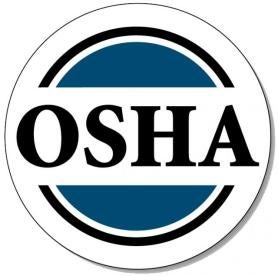As we previously reported, on January 21, 2021, President Biden issued the Executive Order Protecting Worker Health and Safety. Under the order OSHA was tasked with, among other things, (i) considering whether emergency temporary workplace standards are necessary and, if deemed necessary, to issue new standards by March 15; and (ii) launching a national enforcement effort focused on COVID-19-related violations that put the largest number of workers at serious risk or are contrary to anti-retaliation principles.
Well, March 15 has passed, and no emergency temporary workplace standards have been issued. Accordingly, at least for the time being, OSHA will continue to rely on the current standards to protect employees, including conducting hazard assessments, ensuring sanitation and cleanliness, and providing PPE, as well as observing the general duty clause.
OSHA did, however, launch a National Emphasis Program (NEP), focusing enforcement efforts on what OSHA describes as “companies that put the largest number of workers at serious risk of contracting the coronavirus.” OSHA also updated its Interim Enforcement Response Plan (IERP) in a related action to launching the NEP. The IERP provides new instructions and guidance to Area Offices and Compliance Safety and Health Officers for handling COVID-19-related complaints, referrals, and severe illness reports, consistent with the goal set out in the NEP.
Below are the highlights of both the NEP and IERP:
-
Heightened enforcement efforts targeting specific industries or activities with highest risk of COVID exposure, including hospitals, assisted living centers, nursing homes, and other health care and emergency responses providers treating COVID-19 patients.
-
Heightened enforcement efforts targeting workplaces or settings with the highest rates of COVID-19 complaints, including correctional facilities, meatpacking and processing plants, poultry processing plants, and grocery stores.
-
Heightened focus on preventing retaliation against workers complaining about COVID-19 hazards.
-
Enforcement of the NEP and IERP are expected to begin on or before Friday, March 25, 2021.
-
The NEP will remain in effect for one year, but OSHA may extend or shorten the period based on how quickly the pandemic subsides.
-
Prioritizing COVID-19-related inspections involving deaths or multiple hospitalizations due to occupational exposures to COVID-19.
-
COVID-19 inspections are to account for at least 5% of each OSHA’s regional office’s annual inspections (which would equal about 1,600 nationally).
-
Where practical, OSHA will perform onsite workplace inspections. However, when appropriate some portions of the inspection may be conducted remotely, such as witness interviews by telephone or video conferencing.
-
Inspections that are to be conducted entirely remotely will need to be approved by area directors.
There have been reports over the past few days that OSHA has drafted emergency temporary workplace standards for COVID, but whether and/or when such standards would be released has not been confirmed. We will provide an update if any emergency standards are released — stay tuned.



 />i
/>i

